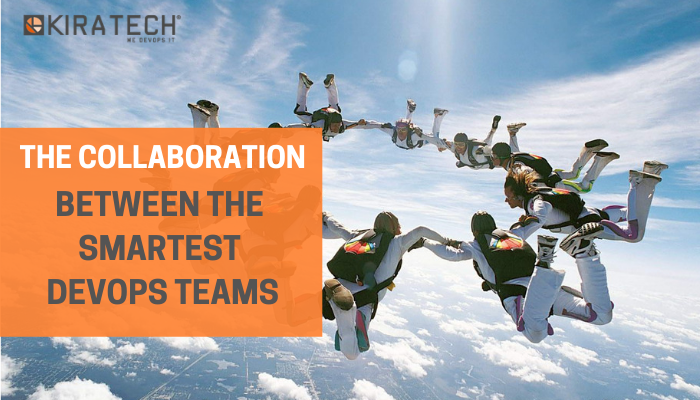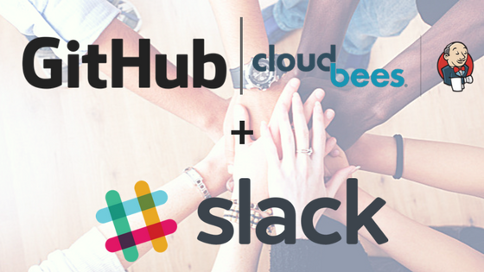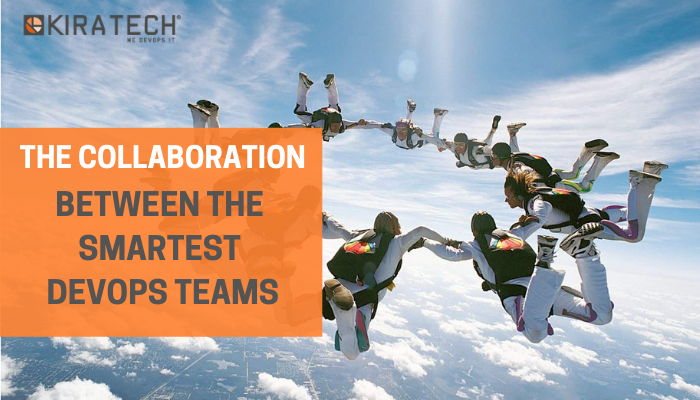
The company’s culture and the way of working on development projects are evolving radically. Adapting to this change means innovation, faster processes, happier customers and even work with a smile!
Are you dreaming about working in a fast, agile, smart, transparent way integrating more platforms?
Thanks to our great DevOps methodology experience, we helped lots of companies with this change in order to become more agile and to allow different teams working together, improving also the service quality.
We have seen lots of successful projects but also some failures; that’s the reason why we started drawing up a list to solve the most complex problems.
How to collaborate
The collaboration seems to be difficult at the beginning of the DevOps process, but at the same time is the key to get more satisfaction in the future.
Teams, which are scattered all over the area or which are working in different headquarters, usually use multiple calls, online meetings (who hasn’t used Hangout or Skype for Business?) or internal chat to share information and updates regarding the projects. The most important thing is to integrate these tools to empower the whole team.
Modern Chat
Finding the best way of communication is important for people to not waste their time, to stay focused on the common goal and to solve problems as fast as possible. To do this, it is important to adopt innovative company’s collaboration software based on chat, as Mattermost or Slack, with the following characteristics:
- API
- Bot interface (artificial intelligent robots that are able to understand and act depending on what has been written in the chat)
- Other software integrations
Thanks to these interconnections, the DevOps methodology communication is called ChatOps and it is a real revolution concerning the teams’ processes.
It is possible to link not only people, but also tools, processes and work automations, creating a transparent workflow.
Let’s make an example: Slack can work together with Trello. This is a bidirectional collaboration during which it is possible to use Slack for the communications to the customers, for the activities logs and then for sending information to the teams through Trello. The ability to combine these two tools can generate a huge value:
- It allows team’s people to stay well-organized
- It increases the focus while working
- It helps to keep the customers’ problems under control
Another tool that can be integrated with Slack is GitHub, the biggest open source host in the world that enables the collaborative software development. This integration allows to receive notifications as:
- Commit events
- Pull requests
- Issue events
- PR review events
- Deployment statuses
- Others customizable events that can be set through the creation of a Bot.
The integration topic can be extended also to the Continuous Integration and Continuous Delivery DevOps Tools, CloudBees Jenkins

The fact that the ChatOps Tools help the DevOps methodology is not enough:
it is better to say that ChatOps makes DevOps faster.
ChatOps Advantages
- Everybody works for a single clear goal
- More coordination
- Better communication
- More trust in team because the communication is transparent
- Better organization
- Results improvement
- Fast in problem solving
Work with a Smile
ChatOps is also funny! On the advanced tools there are integrations also with giphy.com to send jokes during the times of rest or to exchange news using a particular script.
ChatOps is much more human than the other works processes and this is one of the reasons why it is gaining such of success.
Change starts from here!
If you want to discover all the DevOps Tools, you can download our FREE GUIDE!








